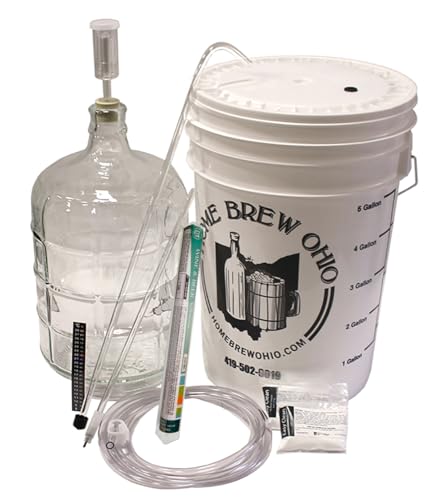RottenGrapeJuice
Member
- Joined
- Sep 25, 2021
- Messages
- 54
- Reaction score
- 20
Hey all, messing around with a few new techniques this year, let me know if you have any suggestions for my process or if you think it’s good as is, thanks!
2023 Process
2023 Process
- Crush grapes - no sulfites added
- Adjust sugar (with table sugar) and acid (with tartaric) if necessary, looking for ~1.100 SG, TA between 0.6-0.9% and ~3.6 pH (won’t adjust if in the ballpark).
- Mix Lallzyme EX-V
- Let sit overnight
- Pump off 20% of juice for Rose
- Inoculate with yeast (starter made with water and sugar then mixing in juice)
- Add FT Rouge
- Punch down 3 times daily, brute covered with cheese cloth and loosely placed cover
- After SG is below 1.000, assess whether more color extraction is needed, if so, let sit for another day or two days sealed (likely won’t do this but it’s an option)
- Press grapes into carboy and fit with airlock
- Let settle for 2 days then rack off gross lees
- Add in ML bacteria
- Let sit for 4-6 weeks, stir once a week
- Add bentonite
- Wait 1 week then rack
- Add oak cubes and K meta (50ppm?)
- Let sit for 3 months then rack off cubes
- Bottle at 12 months













































